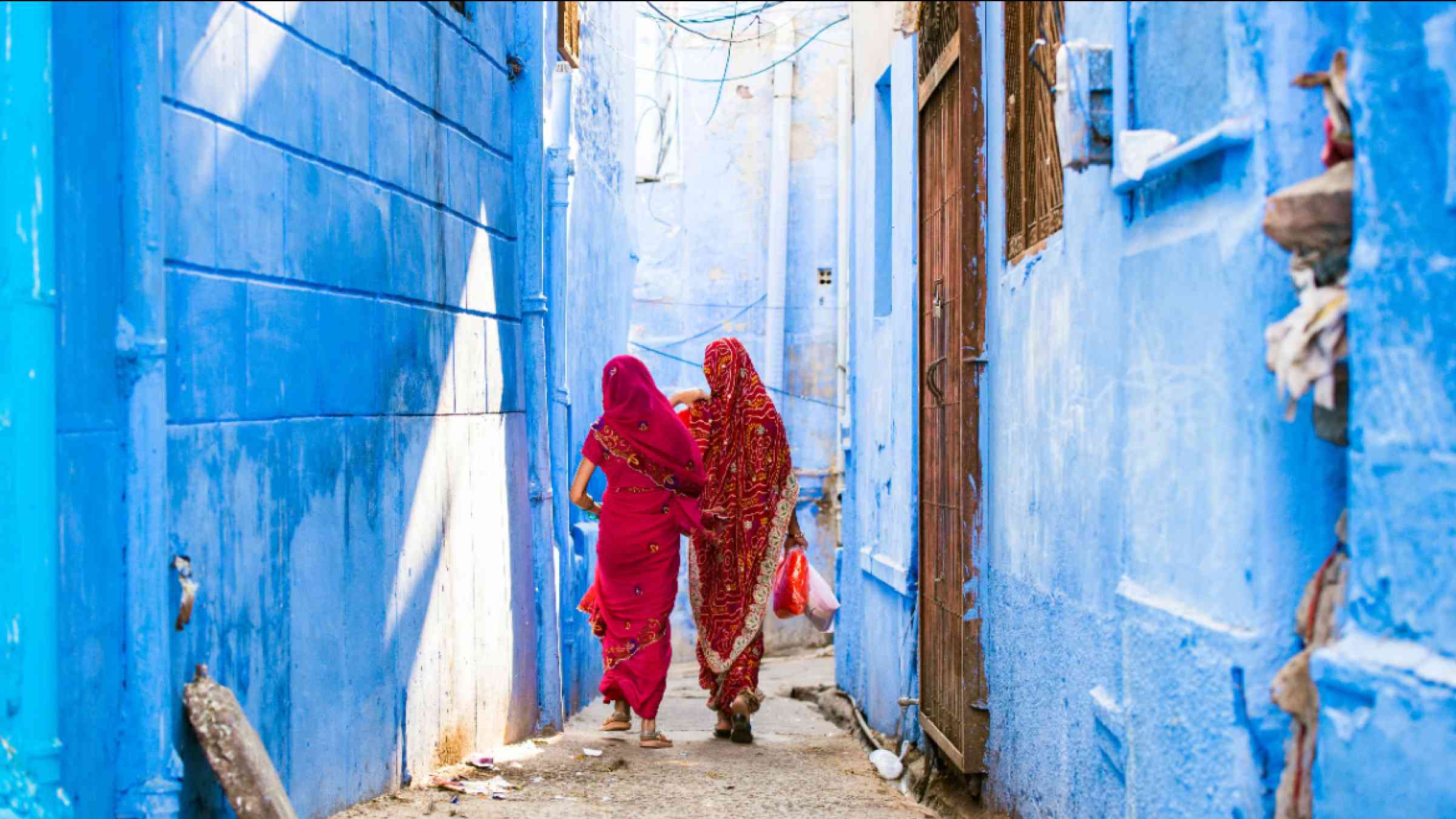The novel structure behind a parametric solution for SEWA in South-East Asia

Following the May 2024 heat waves in India, insurance payouts for lost income were made to over 46,000 women in South-East Asia. This represented a relative novelty where insurance payouts and a direct cash assistance programme had been combined to supplement the income of women when it became dangerously hot. Moving forward, this approach can be a replicable and scalable model to help other marginalised communities reduce the burden of income losses from climate events.
Why such a solution was designed for the Self-Employed Women's Association (SEWA)
Extreme heat is one of the deadliest climate risks, responsible for almost half a million deaths per year globally. Beyond the impacts on worker health and well-being, extreme heat can also cause a myriad of economic impacts, such as affecting vital supply chains, slowing down business operations, and harming labour productivity. Globally, 675 billion hours are lost every year because of excessive heat and humidity, amounting to roughly 1.7% of global GDP.
Developing nations are the most exposed to climate shocks and chronic onset, and within those countries, women are the most impacted. For example, around 90% of women workers participate in the informal employment sector in India and if they are unable to go out to work due to extreme heat conditions, they lose their daily wages.
How the product works
With this impact front of mind, Climate Resilience for All (CRA), SEWA and Swiss Re joined forces to create and implement an innovative risk-transfer product. The result is a parametric insurance policy designed to cover a portion of the income lost by the members of SEWA when they are unable to perform their work due to extreme temperatures.
Parametric (index-based) insurance products are used as an attractive solution because of their flexibility in design and payout usage. The challenge, in this case of extreme temperatures, was that the perception of heat and its tolerance can be relative, with significant degrees of variation depending on the location. Somehow local climate variations needed to be reflected in the final design of the solution.
This is what drove the novel idea behind the parametric heat index cover structured for SEWA with the response being to use trigger thresholds that would be adapted to the local climatology. In essence, the historic temperature data from the reanalysis data set is used to calculate an individual percentile for each of the 23 participating cities/communities across northwestern India. This percentile (which is based on de-trended data) is then used as a trigger threshold.
The advantage of using a percentile as a threshold, as opposed to a fixed value, is that it reflects local climate peculiarities and provides an objective view of how heat can be perceived by individuals who may have adapted to the conditions typical for the respective regions. For example, a threshold value of 43.5°C might be suitable for a landlocked region, whereas coastline locations or higher altitudes might never reach such values and, accordingly, never trigger a payout.
Further, by using a percentile, the frequency of an expected payout, as per definition of the percentile itself, can be pre-defined. In case the product should trigger more or less frequently, the percentile can be adjusted downward or upward, helping strike a balance between the client need and the available budget.
For SEWA, the structure of the solution has proven to meet the criteria of an equal probability of receiving a payout irrespective of the local climatological peculiarities, with the result maximising the number of SEWA members that have received the benefit.
Following this success, the plan now is to roll the solution out to more communities across India, East and West Africa and to encourage governments and business to support efforts to scale this vital work more rapidly.
We are proud to have partnered with Climate Resilience for All in delivering an innovative parametric earnings protection solution that has benefited over 46'000 women. We welcome global discussions to better mitigate against and adapt to extreme heat and where we can offer our expertise in risk modelling and bespoke, pre-arranged financing mechanisms for fast response.
- Veronica Scotti, Chairperson of Public Sector Solutions